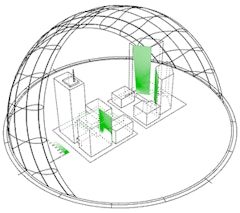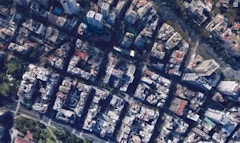
Performance-based Facade Framework
Buildings have a considerable impact on the environment, and it is crucial to consider environmental and energy performance in building design.

Buildings have a considerable impact on the environment, and it is crucial to consider environmental and energy performance in building design.

With the desire for more sustainable construction and reduced embodied energy, mass timber is being explored for building structures. For medium and

Climate change and related thermal issues, draw attention to the impact of green facades and roofs on energy savings and thermal comfort. Besides, by


This paper explores the architectural shape optimization of typical housing typologies: slab and high-rise residential buildings to reduce primary
Integrated management of commercial lighting, heating, ventilation and air conditioning systems is considered as one of the most promising building

Ivan Lee, a Building Science Consultant at Morrison Hershfield recognizes the importance of mitigating thermal bridging to meet low energy targets for buildings. He points out that many jurisdictions are starting to incorporate thermal bridging into their codes and standards
The construction industry is one of the greatest sources of pollution, where 39% of global energy-related carbon emissions are attributed to

High performance can be defined as “a building that integrates and optimizes all major high-performance building attributes, including energy

This paper will address the potential of ornamental architectural terracotta surfaces to mitigate the effects of climate fluctuations that will

Silicone materials have a long history in high performance building projects. Known for durability, they can reduce a building’s carbon footprint by

Dr. Helen Sanders adds context to the Simulation vs. Reality dialogue.

Photovoltaics (PV) have been utilized in buildings for decades, especially in Europe where legislative support has largely driven the market. With

Cost-effective, sustainable, self-actuating, thermally-responsive, bio-composite exo-skins that act like shields or cloaks for existing buildings

During the particularly cold first months of 1977 President Jimmy Carter, in what some call “The Sweater Speech,” famously noted how much energy

Today, building facades are expected to do much more than merely provide shelter, which is driving the need for higher performing envelope solutions.

Facade design is a key component of architectural expression, and increasingly a key design consideration due to growing importance of factors like:

FTI's Mic Patterson sits down with special guests Steve Selkowitz of Lawrence Berkeley National Lab and Marc Lafrance of the Department of Energy .